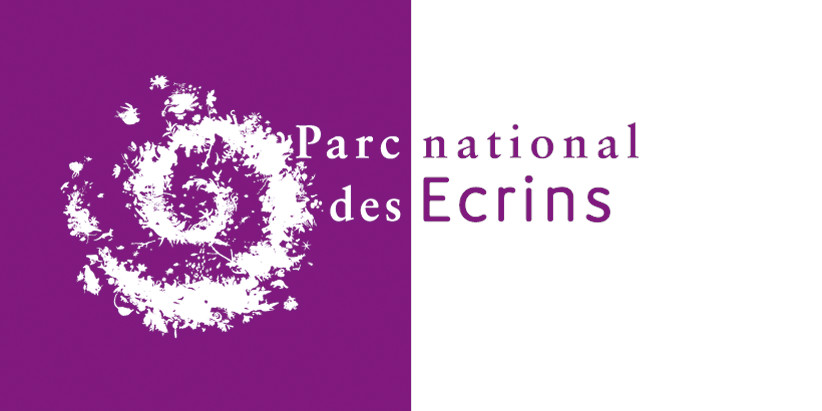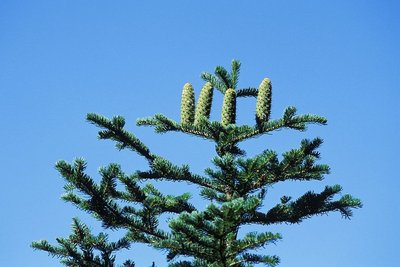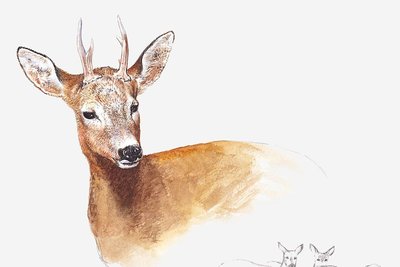
2. Stage 2: Col Bayard Oxygenation Centre - Le Noyer
After rising towards the Col de Gleize, the route plunges through the forest towards the resort of Laye and lower Champsaur. A few rising sections, fortunately in the shade, lead to the Cabane des Pierres for the last descent to Le Noyer, a fine reward for all the effort!
Description
After crossing the very busy RN 85 road, /!\ a forest track is the chance to warm up those calf muscles. The route then goes upwards before reaching the Col de Gleize road. After a few turns, providing a superb view of the valley, turn off the road at a barrier, at about 1560 m, and head north towards the Champsaur along the Lauzon forest road. You cross a larch forest and arrive at a nice single track leading to La Cuque and the Laye resort (which our route goes round). You go through a few parks, which slows the pace down a little, and then you arrive at a long descent without any danger, leading to Les Farelles. Avoid Fare-en-Champsaur: at the crossroads with the D217a, turn left onto the path. There follows a series of long climbs in the big Bois de Poligny, enhanced by the sight of the peaceful Chapel of Notre Dame de Bois Vert. You then arrive at the GR of the Cabane des Pierres and the Cabin of the same name. Last, you go down to Le Noyer. But you need to concentrate because the beginning is somewhat technical and the ground uneven. /!\
- Departure : Col Bayard
- Arrival : Le Noyer
- Towns crossed : Gap, Laye, La Fare-en-Champsaur, Poligny, and Le Noyer
4 points of interest

 Know-how
Know-howONF
The work of the Office National des Forêts (National Forestry Office) is not limited to the forests. After buying a large amount of land following the rural exodus (public land), the state delegated to the Water and Forestry agency the difficult task of preserving the natural heritage of a large number of areas (restoration of land and building, maintenance of paths, etc.)

Cônes de sapin blanc - Parc national des Ecrins  Flora
FloraFir
100 metres below the Cabane des Pierres stands the oldest and biggest fir tree in Champsaur. It is a European silver fir (Abies alba). The silver fir is often confused with the spruce (Picea abies). A tip to tell them apart: the spruce has cones that hang under the branch with needles all around the branch, while the fir has upright cones and rows of needles that stand out through having two small white lines underneath them.

Chevreuil - Pierre-Emmanuel Dequest -PNE  Fauna
FaunaRoe deer
Walnut forests are a favourable home for roe deer. They came from Italy, the Isère and Drôme regions, and were added to some forty animals that were released between 1969 and 1975 in the neighbouring forests of Durbon and Morgon. This timid animal can be recognised by its red-brown coat and white patch on its rear.

 History
HistoryDominique Villars
The botanist Dominique Villars was born in Noyer in 1745. From an early age he was interested in botany, and with his friend, Dominique Chaix, a priest and botanist from Roche des Arnauds, he discovered many new species. He wrote "L'histoire des plantes du Dauphiné" (History of Plants in the Dauphiné), bringing together 3,000 species. Shortly before his death in 1814, Napoleon Bonaparte appointed him botany professor at the Strasbourg Special Medical School.
Altimetric profile
Sensitive areas
Golden eagle
- Impacted practices:
- Aerial, , Vertical
- Sensitivity periods:
- JanFebMarAprMayJunJulAug
- Contact:
- Parc National des Écrins
Julien Charron
julien.charron@ecrins-parcnational.fr
Peregrine falcon
- Impacted practices:
- Aerial, Vertical
- Sensitivity periods:
- FebMarAprMayJun
- Contact:
- Parc National des Écrins
Julien Charron
julien.charron@ecrins-parcnational.fr
Source

Report a problem or an error
If you have found an error on this page or if you have noticed any problems during your hike, please report them to us here:
